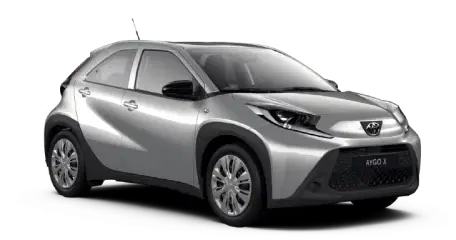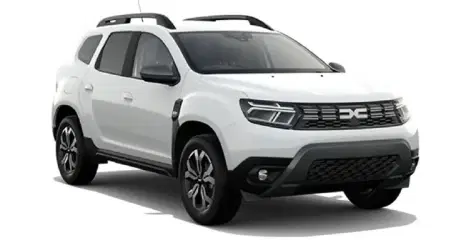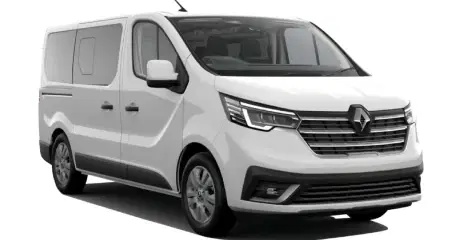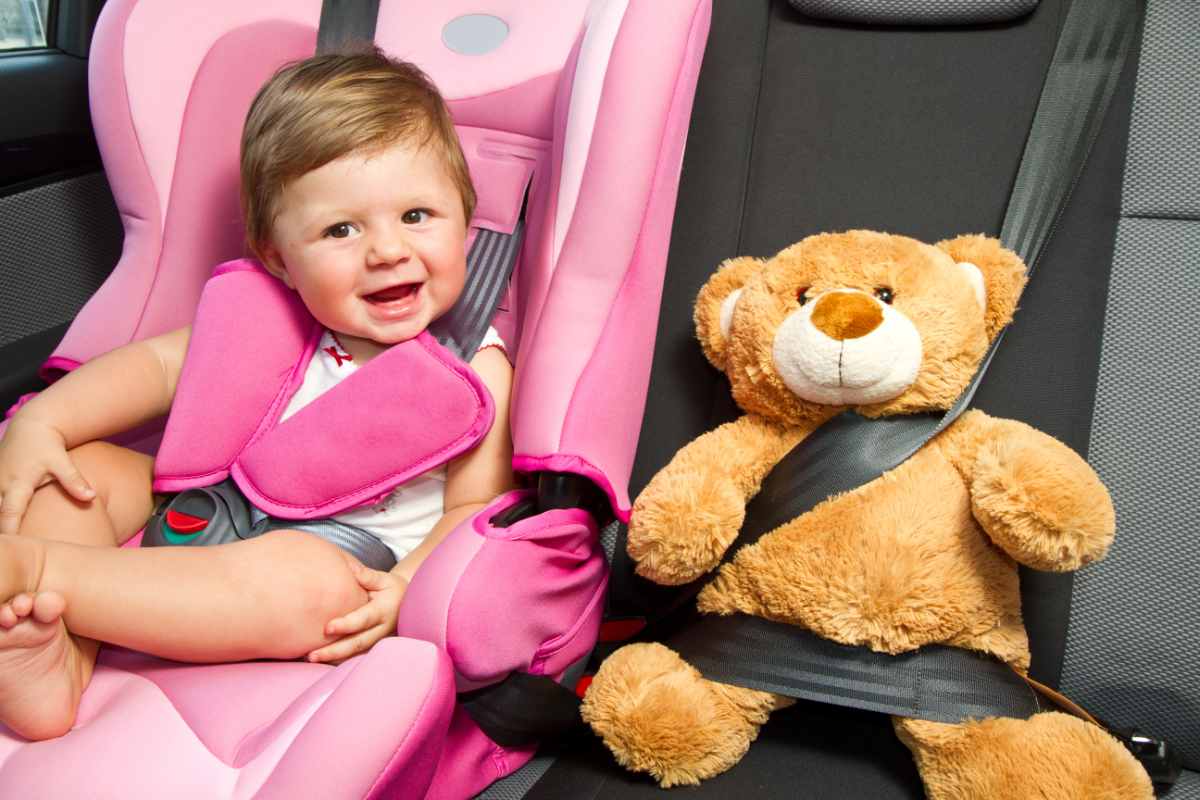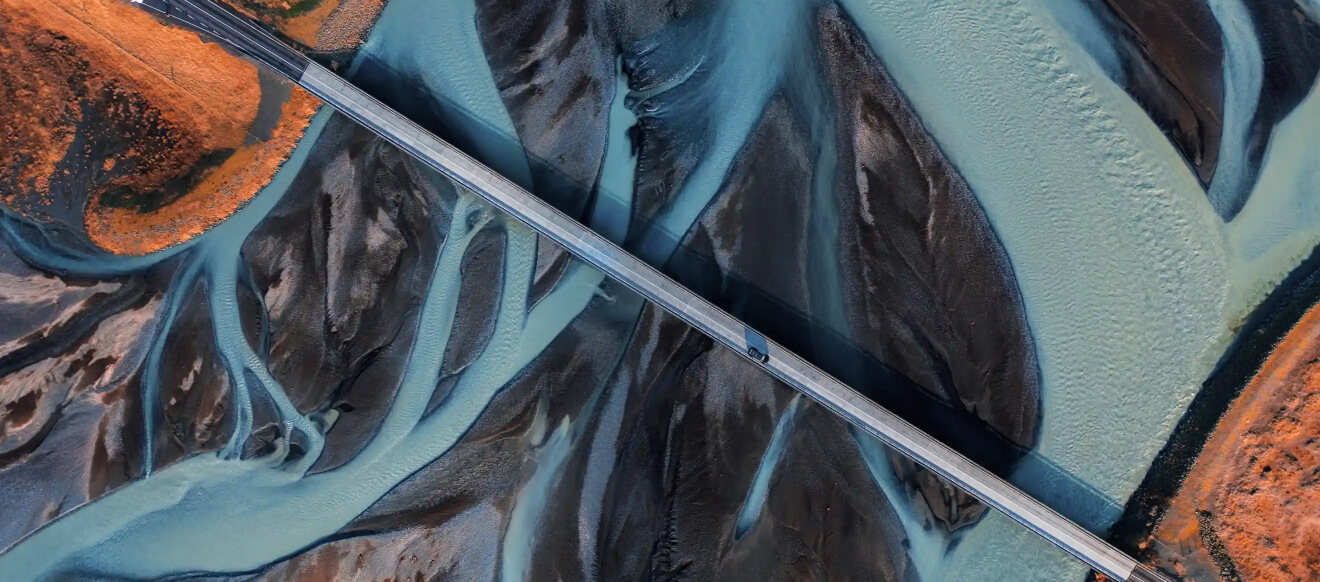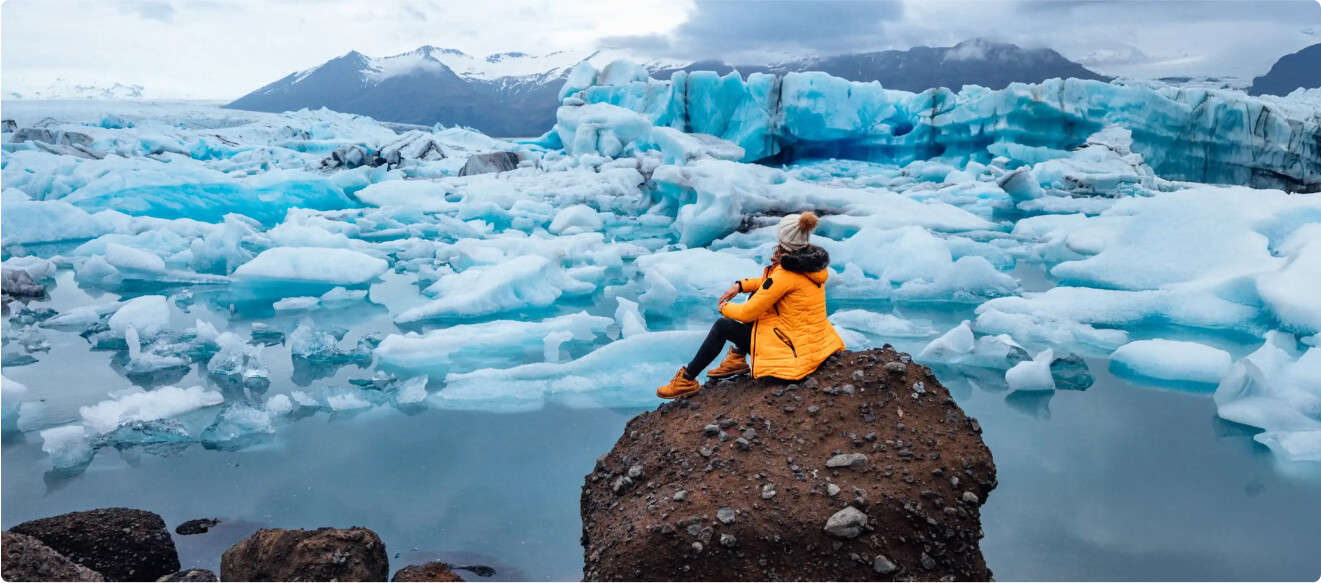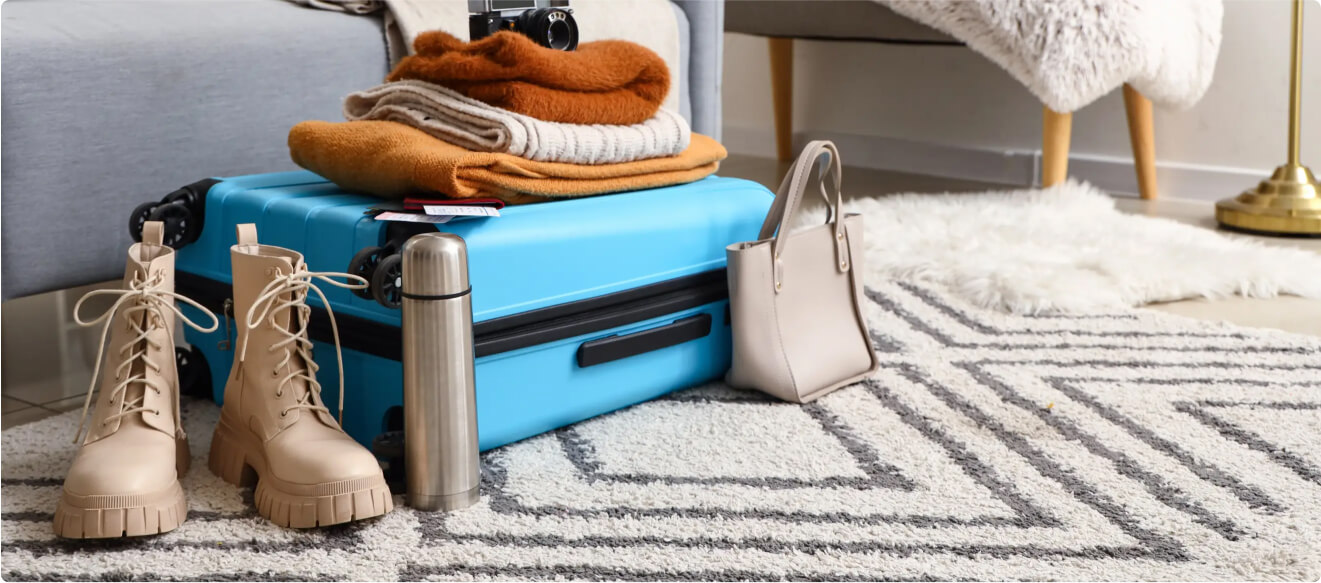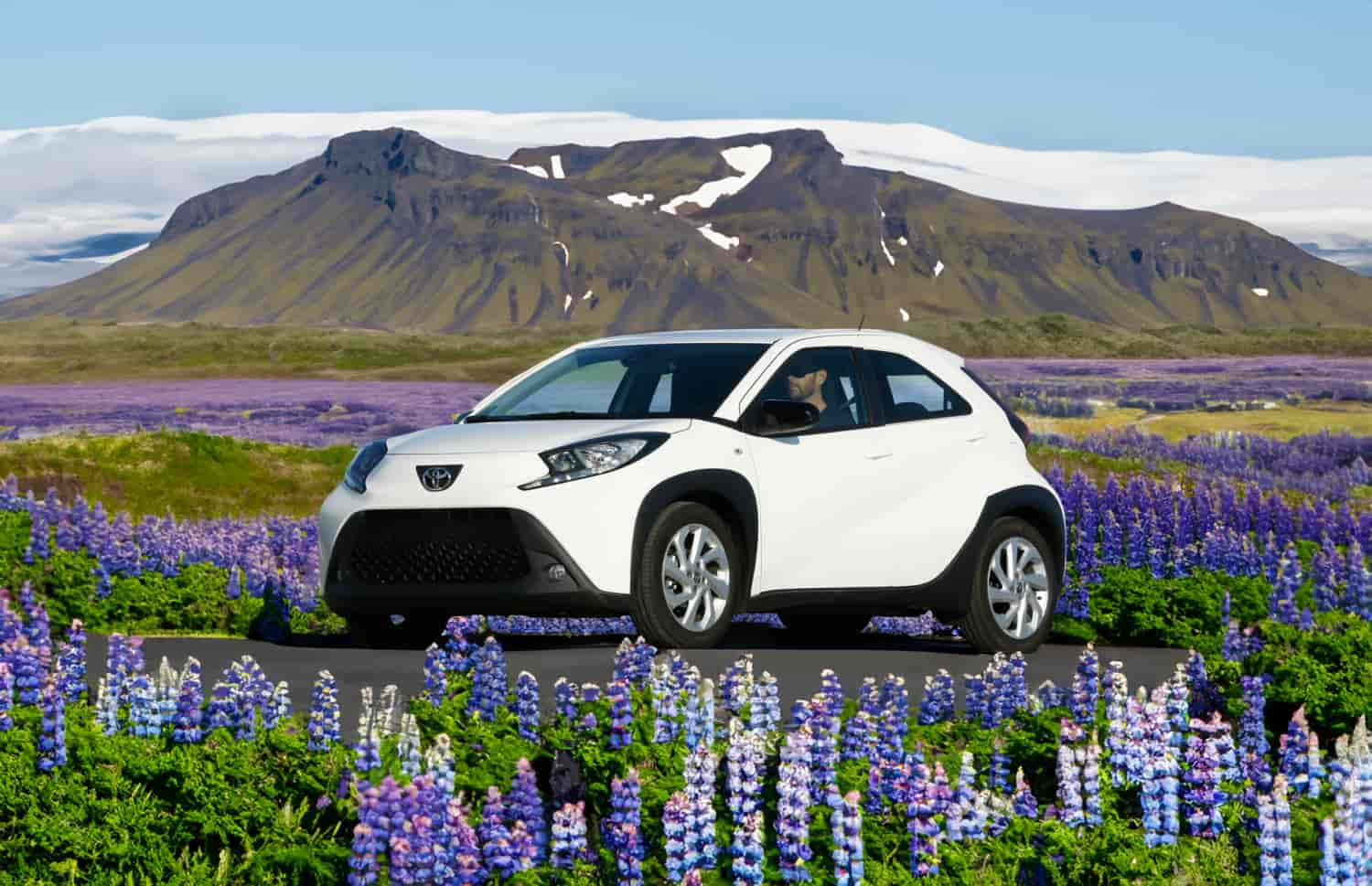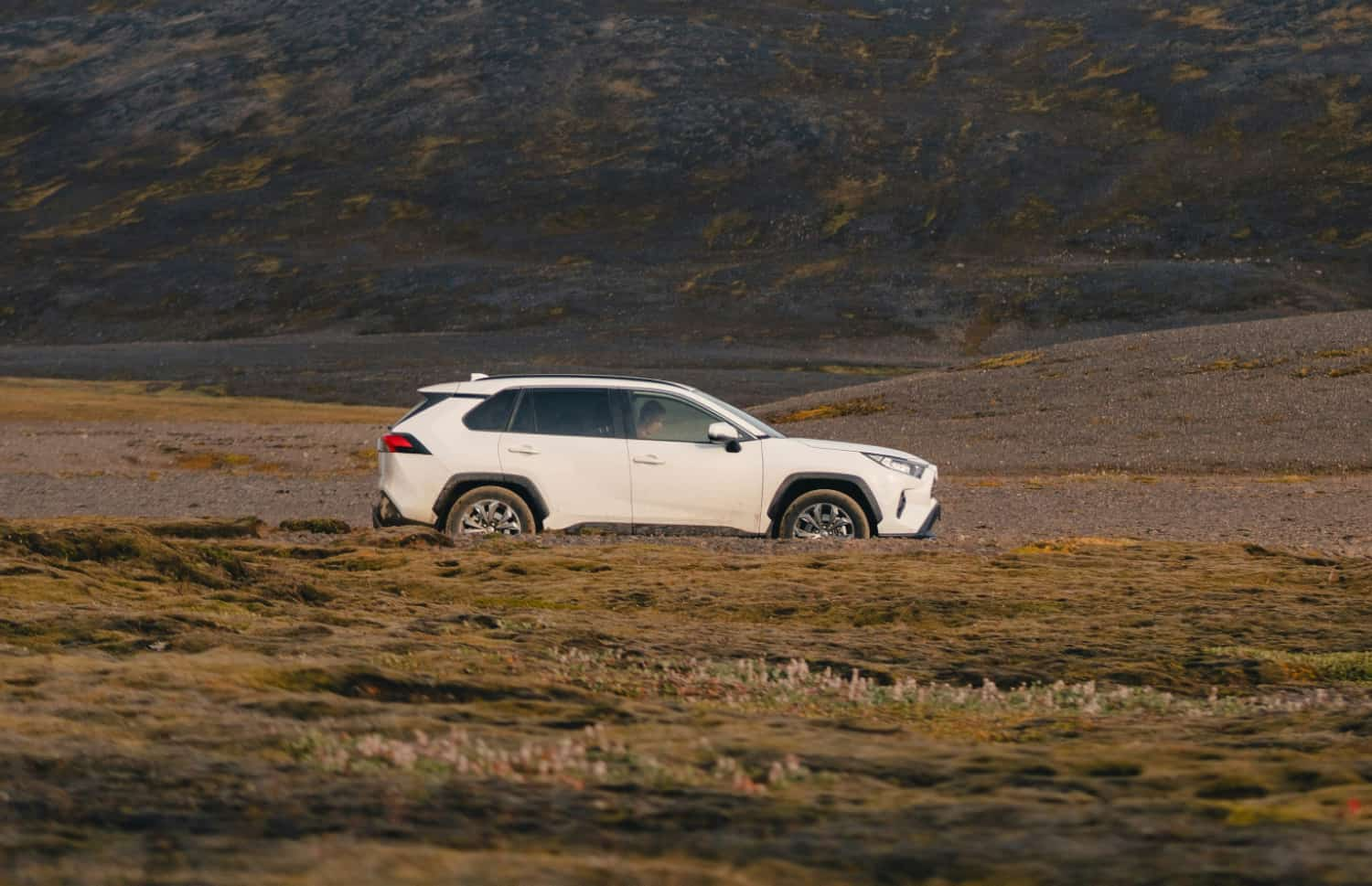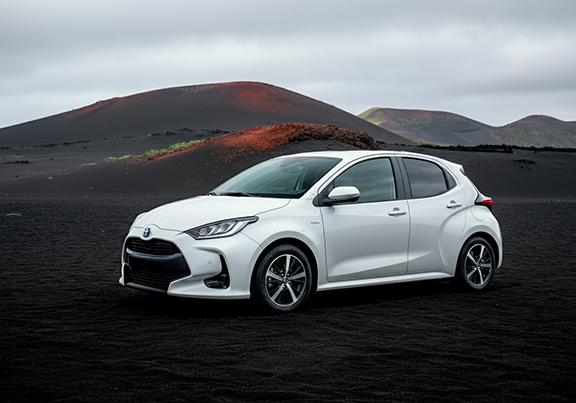Let’s face it; traveling with small children can be brutal. Trying to accommodate all their gadget and gizmo needs in a foreign country blows this to a ‘Nightmare on Elm Street’ nightmare level. So, it’s understandable that one of the biggest concerns and queries we get from visitors is whether they can rent car seats with rental cars in Iceland.
This article serves to give parents some peace of mind and help them understand all the ins and outs of car seat legalities in Iceland and how to find the perfect fit for your family. We also provide some practical advice to make your trip go as smoothly as possible with an entourage of little mini-mes. So, without further ado, here’s the lowdown on renting car seats with rental cars in Iceland.
Understanding Iceland’s Car Seat Laws
Let’s start with the basics and ensure you stick to the right side of the law throughout your trip.
Age and Weight Requirements for Car Seats in Iceland
Below, you will find the various car seat requirements for different ages, along with a few general laws that apply to the specific age group:
|
Babies (0 to 2 years old)
|
0 to 13 kilograms (0 to 28 lbs) |
You must use a rear-facing car seat. |
|
The car seat is only allowed in the backseat. |
||
|
The car seat must have a 5-point harness system (2 straps over the shoulders and 2 straps over the hips that attach to a strap at the crotch). |
||
|
Toddlers (1 to 4 years old) |
9 to 18 kilograms (20 to 40 lbs) |
The rear-facing condition will remain legally enforceable till roughly at the age of 3 when most tots become eligible for booster seats weight and length-wise. It’s important to note that it’s not so much the age that matters when it comes to car seats in Iceland but the weight (up to 13kg or 29 lbs) and length of the child. |
|
As long as the child is using a car seat, it must adhere to the 5-point harness system. |
||
|
At this age period, it would be practically impossible for a child to be legally eligible to drive in the front seat of the car weight and length-wise, so ensure you stay on the right side of the law and fasten the car seat or booster in the back seat. |
||
|
Children weighing 18+ kilograms or have the option of switching over to a booster seat. Check specific booster regulations below. |
||
|
Older Children (4+ years old)
|
19+ kilograms (41 lbs+) |
Children weighing 18+ kilograms have the option of switching over to a booster seat. Check specific booster regulations below. |
|
An older child may also already have transitioned to using a normal seatbelt in your home country. But in Iceland, older children must adhere to the following laws and regulations: The child is at least 135 cm (+/- 5 inches) long. It’s clear that the seatbelt is able to sit properly and snugly around the child’s chest and lap (in other words, no digging into necks, ribs, etc.) |
||
|
The front seat can be quite a controversial subject, and laws differ between countries. That being said, an older child cannot legally sit in the front seat until they’ve reached a length of 150 cm (+/- 11 inches). Also, although not a legal requirement, general consensus when it comes to safety standards recommends that a child continues to use only the backseat until at least the age of 12 – especially when the front seat has an airbag. |
The full legal text can be found on the Icelandic Public Services website.
Booster Seat Regulations and Exceptions
For those who don’t know the difference, a car seat is what most often doubles as a carrier, with plenty of padding and built-in harnessing, keeping your precious bundle snugly secured. Although there are different types of booster seats, the general gist is that they use the car’s own seatbelts to strap the child in and basically serve to elevate the child.
As an added safety feature, some parents prefer to use the booster with a back, referred to as High-back boosters, offering extra support for the body and the head. Since 2025, new laws and regulations regarding booster seats have been implemented here in Iceland, so read the following carefully if you’re planning on using a booster during your trip to the island:
Children are legally required to use a booster seat till they’re at least 36 kilograms (80 lbs) or when they have simply grown too tall for the booster. The latter is usually easy to see with the seatbelts starting to dig into places it’s not supposed to, like the strap that needs to go over the hip is suddenly digging into their stomachs or their thighs, or the strap that needs to over the chest is suddenly digging into ribs or the stomach.
Your child will also give you cues, constantly yanking at too-tight straps or trying to keep them away from areas they’re pushing and prodding into. Just don’t confuse this with the regular annoyance at being fastened.
At the same time, no child is allowed to use a booster seat if they are not weighing at least 18 kilograms (40 lbs).
You also need to ensure that you remain compliant when it comes to front-seat driving. A booster seat doesn’t automatically give a child the all-clear to sit in the front seat.
Finally, and this is incredibly important for our US visitors to take note of, most US booster seats will not be compliant with EU safety standards (ECE R44/04 or ECE R129) and will, therefore, be against the law. All boosters must have a CE safety certification, which US seats mostly don’t have. So, it won’t matter how much your son loves his Cars-themed booster; you won’t be able to bring it along on your trip.
There are many differences between US and EU safety standards, such as the fact that the EU places a high value on side crash testing in the manufacturing or booster seats, while this is something often left by the wayside during the manufacturing process in the US. You can actually check this yourself. If your booster has been tested, it will state somewhere “Side Impact Approved” or Side Impact Tested.”
You will find some dual-approved boosters in the US, but they are very rare and tend to be on the pricier side.
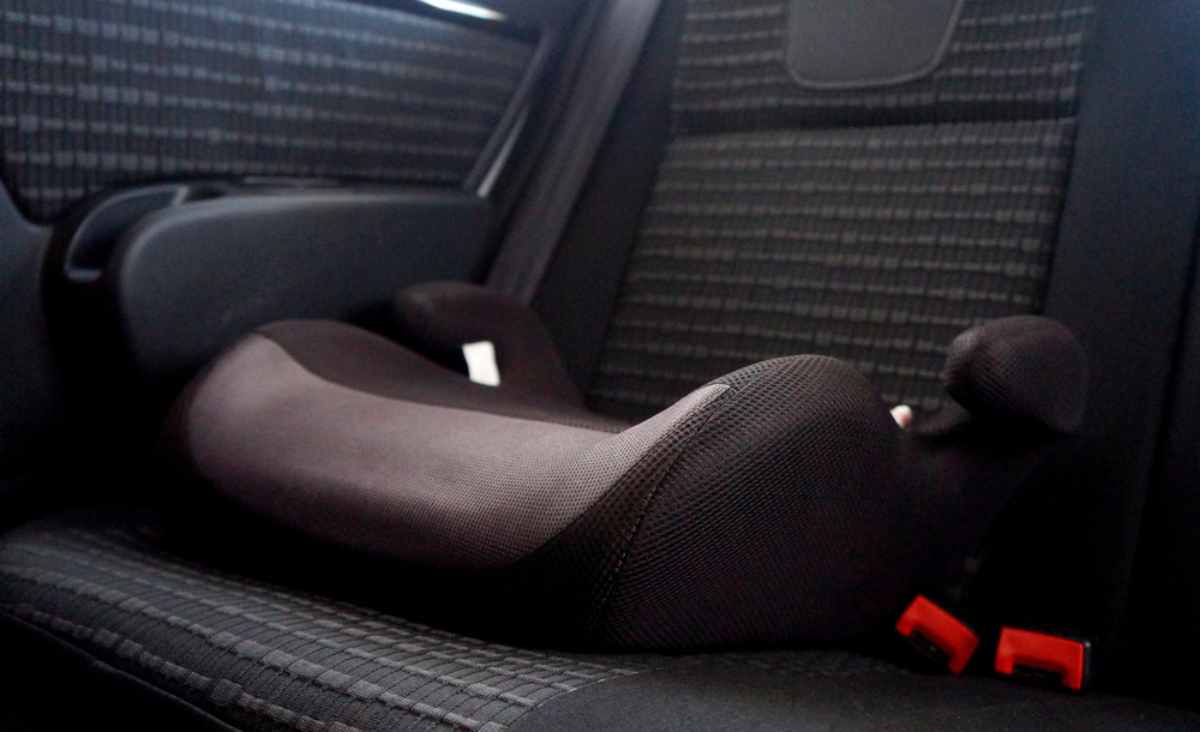
Should You Bring Your Own Car Seat to Iceland?
This can be a pretty loaded question since we’ve already established that there can be big differences in safety compliance and regulations between Iceland and other countries. Except for most US seats not having the right certifications to be legal here in Iceland, there are also some fundamental differences in our approaches toward and specific characteristics of car seats, such as:
- The EU tests their car seats at speeds of 50 km/h (31 mph), while the US tests theirs at 48 km/h (30 mph).
- The EU and US car seats are installed differently; the EU uses the ISOfix system, which uses rigid bars protruding from the car seat to essentially “lock” the car seat into the actual seat of the car. The US uses the latch system, and it is exactly what it sounds like; straps latching onto metal anchors of the actual car seat.
- Most US car seats use chest clips, which are not legal according to EU safety standards.
- You’ll find that most rules and regulations are pretty standard across the EU, while the US will even have different rules and regulations between states!
Remember, If your child seat complies with European law, check with your airline about car seat transport policies—some may allow it as checked baggage at no extra cost, but others may charge a fee. For reference, here are the guidelines from Icelandair and Delta Air Lines.
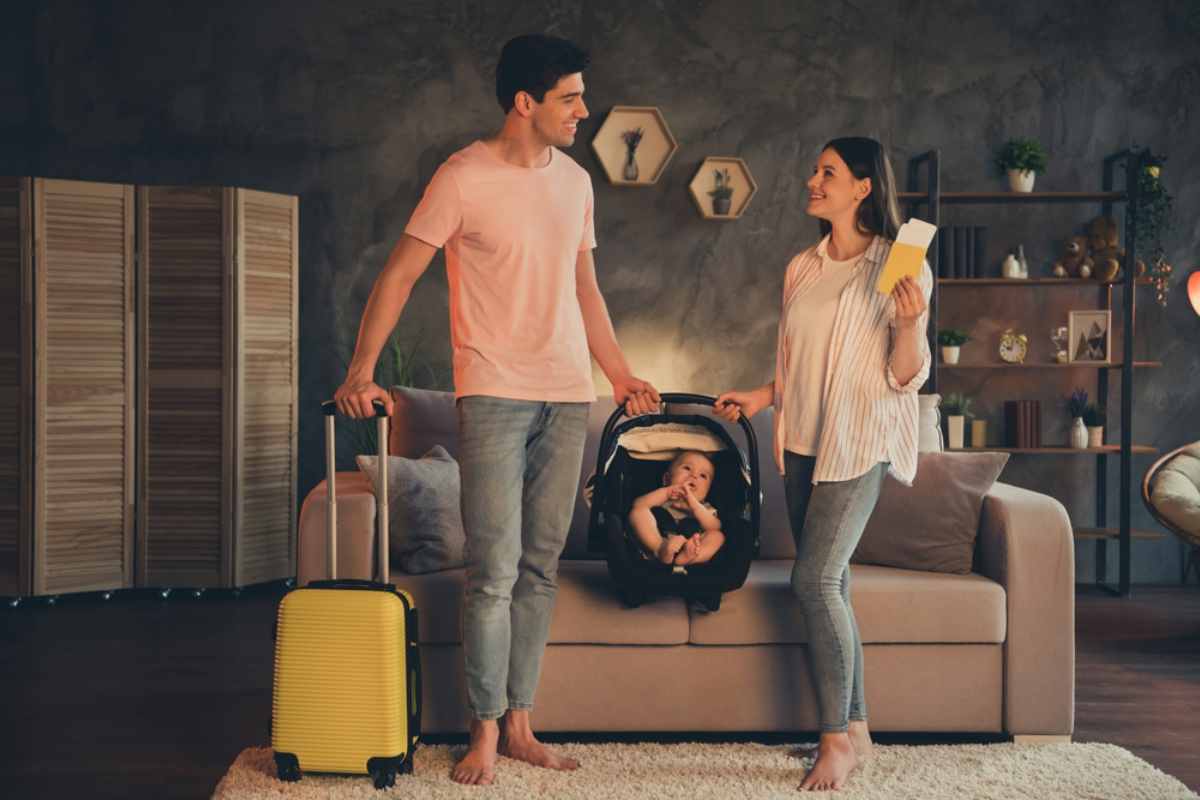
So, Should You Still Consider Bringing Your Own Car Seat to Iceland?
From where we’re sitting, from a compliance and convenience standpoint, we can’t imagine why anyone would want to bring their own car seat when they can just rent one here on the island.
That being said, we understand that there are a few pros to both. If you know that your car seat is 100% compliant with our rules and regulations and will be considered legal here in Iceland, we’d recommend that you consider bringing your own if any of the following resonates:
- Your child gets very attached to their things, and bringing the car seat makes sense when it comes to familiarity and comfort.
- You don’t want to “risk” it. We understand that we can assure parents as much as we want, but if you’re still feeling uncertain of the quality of the rental car seat you’ll be getting, then, just for your own peace of mind, it makes sense to bring the one you feel certain about.
The opposite is also true; many parents feel like they don’t want to risk any “mishaps” with someone else’s car seat. Sippy cup spillage, blow-out diapers, you name it, they don’t want to worry about potential damage to a rental car seat on top of these sorts of potential situations.
- You’re on an extremely tight budget, and it makes more sense to save the money you would’ve spent on a rental by bringing your own car seat.
We’d recommend you opt for a rental in the following scenarios:
- You are unsure whether your car seat is compliant and would be considered legal here in Iceland.
- You are unsure whether your car seat will fit into your rental car here in Iceland.
- You don’t want to be lugging around such a bulky thing all around the airport.
| Factor | Renting a Car Seat | Bringing Your Own |
|---|---|---|
| Legality | Guaranteed to be legal, they do meet the EU standards. | Must meet EU standards (many don’t, USA child seats are generally not in compliance) |
| Convenience | No need to carry one, just select the one for your child's weight and directly pick it up at the rental agency. | Bulky, must be carried while commuting and through airports. |
| Cost | $5-$15 per day or flat rate | Free (if you already own one) but may have airline fees |
| Availability | Must be booked in advance, may run out in peak season | Always available, but may not fit rental car |
Renting a Car Seat from Your Rental Car Agency in Iceland
Most car rental agencies in Iceland will have rental car seats. You can opt to include this add-on upon booking your vehicle rental (assuming that you’re doing this well in advance and not upon your arrival in Iceland). Or you can phone ahead and reserve a car seat for your upcoming trip.
It’s highly recommended that you contact the agency well in advance, especially during the busy summer season, so availability can be assured. Also, specify clearly the weight, length, and age of the child to ensure that you get the right fit for your little one and remain compliant.
For those wondering “is it safe to rent a car seat in Iceland?” Renting a car seat in Iceland is indeed safe since rental agencies provide EU-certified seats. Still, it's a good idea to give it a quick once-over when you pick it up. Here are a few friendly tips:
- Check the Expiration Date: Car seats typically have a lifespan of 6-10 years—make sure it's still valid.
- Inspect for Damage: Look for any cracks, loose straps, or a broken harness.
- Double-Check Installation: While the rental agent might help you install it, a quick personal check ensures everything is secure.
The Costs of Renting a Car Seat
Car seat rental prices vary on a number of factors:
- The rental company you use.
- The brand of car seat you opt for.
- The type of car seat based on age and weight.
Generally, you’ll be charged between 733 ISK for a booster seat to 6000 ISK per day for a child seat (+/- $5.20 to $42.45), depending on the above-mentioned factors. But at some rental companies, you’ll be given the option of paying a once-off fee.
At Cars Iceland, your child’s safety comes first! Choose the right baby seat for 4,500 ISK per day, while booster seats are free. Check out our extras page for more details and information.
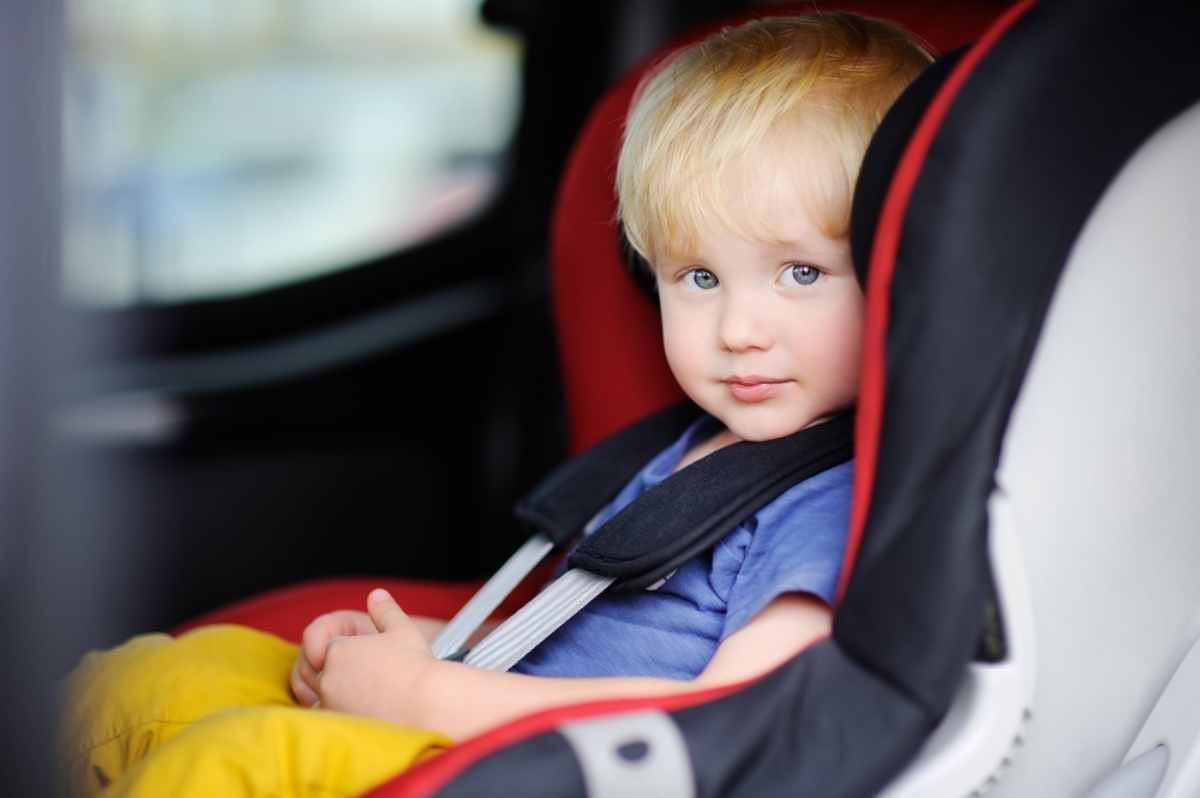
Choosing the Right Vehicle for Car Seats in Iceland
Your rental agent will gladly assist with this choice, but some of the best vehicles for car seat compatibility will be your larger family-sized vehicles, such as minivans and SUVs. Some of the favorites include the Toyota RAV4 Hybrid, Hyundai Tucson, and Subaru Forester.
Also, remember to chat with your rental agent about your travel plans and planned routes so they can advise on which will work best for your specific needs and requirements and ensure a comfortable and safe journey for you and your family.
FAQs About Car Seats in Iceland
Below, you will find the answers to some of the most frequently asked questions about car seats in Iceland:
Do Car Rental Places Have Car Seats?
Most car rental places have car seats one can rent, but you’ll need to ensure you book in advance since availability may be limited.
What Happens If You Don’t Use a Car Seat in Iceland?
If you are not using a car seat when you should, you’re using a non-compliant car seat or the wrong type for your child’s age, weight, and length, then you’ll likely end up with a hefty fine. Icelanders are real sticklers when it comes to rules, so we highly recommend you don’t take chances.
Are Car Seats Mandatory for All Kids in Iceland?
It is mandatory for any kids shorter than 135 centimeters to use a car seat in Iceland.
Can You Rent a Car with a Car Seat in Iceland?
Yes, most car rental companies in Iceland offer car seats as an add-on rental. It’s recommended to book in advance, especially during peak seasons.
How Do I Rent a Car Seat With My Rental?
Simply have a chat with your rental agent, disclose the age, weight, and length of your child, and all other important information regarding your proposed routes and the size of your party, and they will be able to advise you on and book everything from the vehicle to the car seat and any other add-ons that may apply.
Explore Iceland like never before!
Choose your dream ride from our state-of-the-art vehicle fleet and don’t let anything stop you!
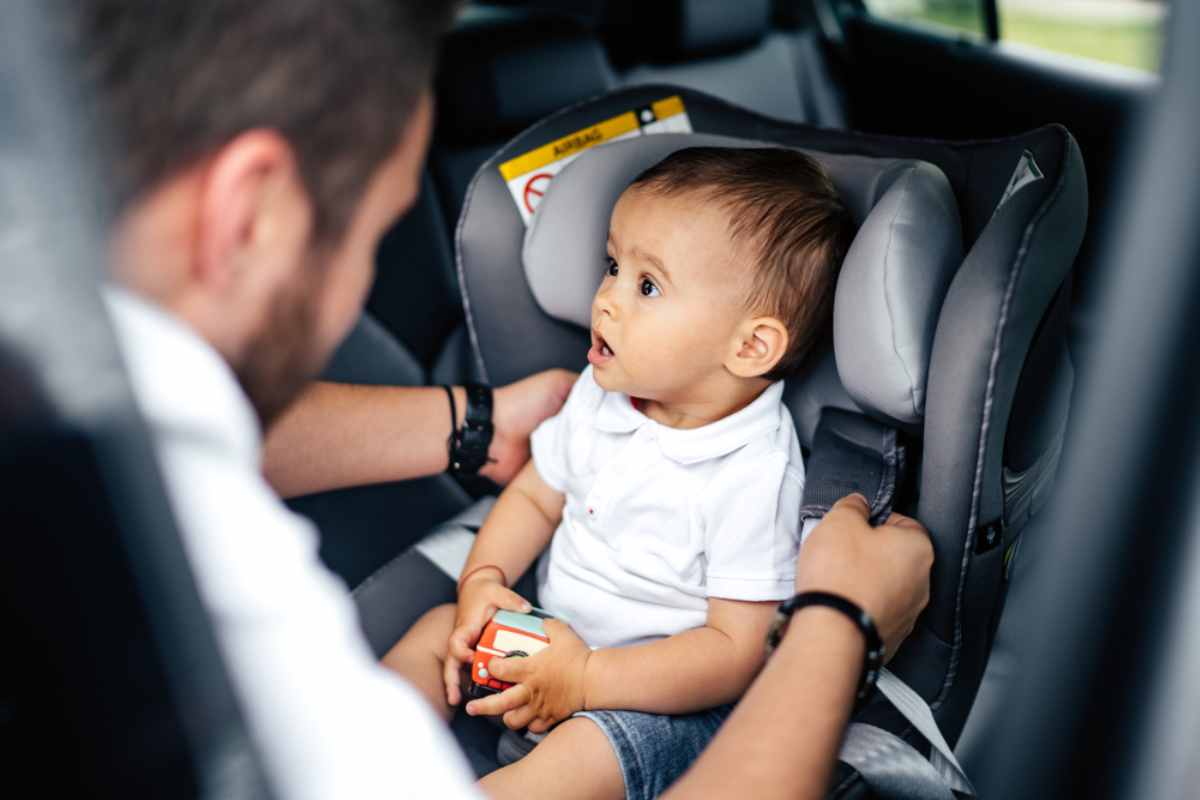
Plan Your Family Adventure in Iceland with Peace of Mind
Because of the different rules and regulations, it can be confusing and daunting to try and navigate a trip with a youngster. But if you’re working with a rental company that understands you and your family’s needs, renting a car in Iceland, along with a car seat and any other titbits you may require, becomes easy. Rest assured that you’ll be fully compliant and set to have the adventure of a lifetime here on the island!





